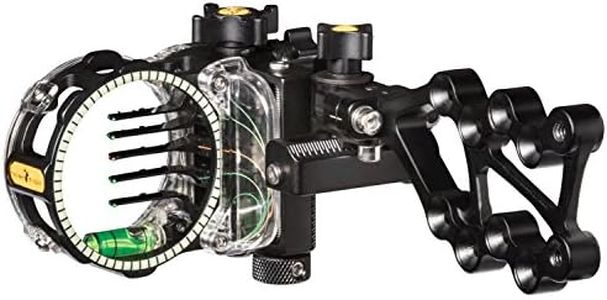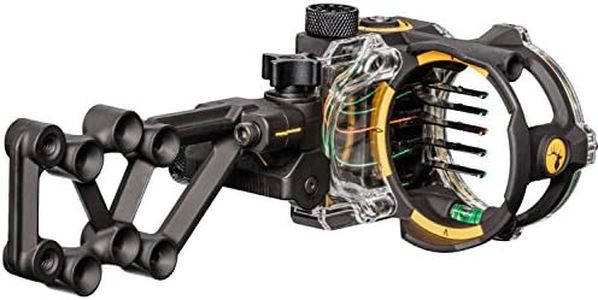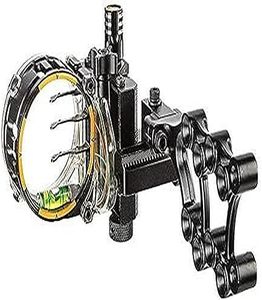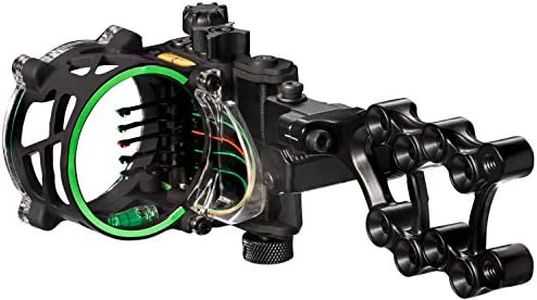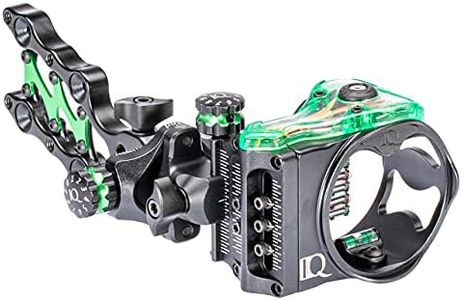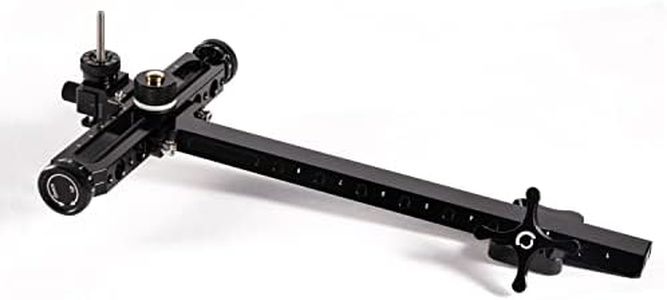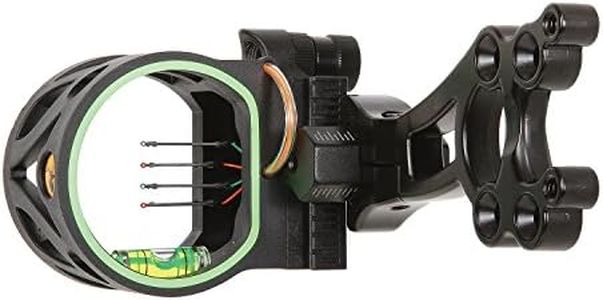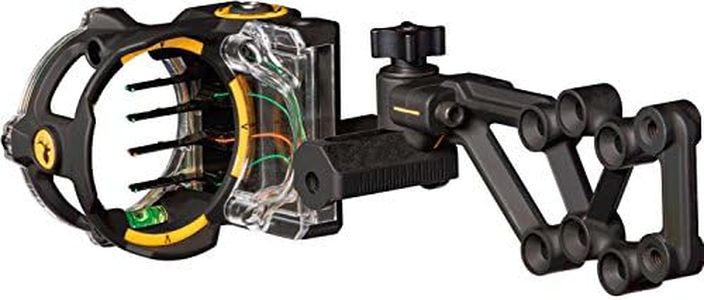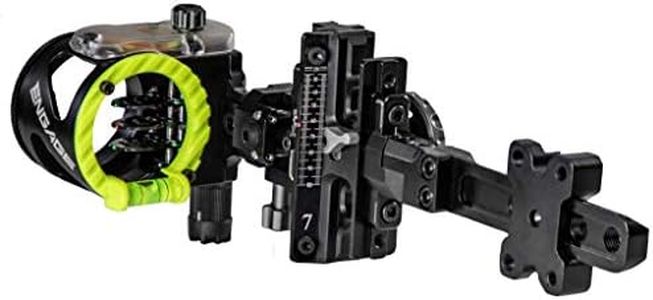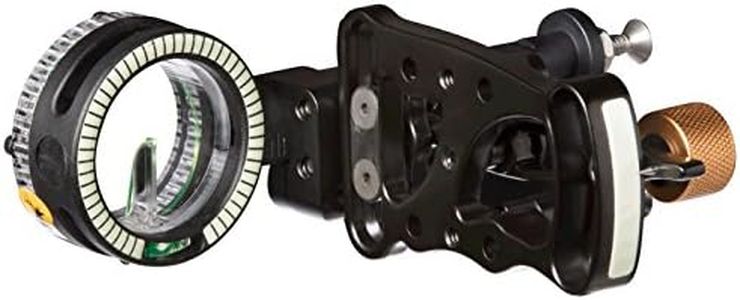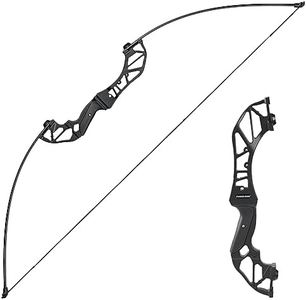We Use CookiesWe use cookies to enhance the security, performance,
functionality and for analytical and promotional activities. By continuing to browse this site you
are agreeing to our privacy policy
10 Best Archery Bow Sights
From leading brands and best sellers available on the web.Buying Guide for the Best Archery Bow Sights
Choosing the right bow sight is important for any archer, whether you are just starting out or have years of experience. A bow sight helps you aim more accurately and consistently, which can greatly improve both your success and enjoyment when shooting. When picking a bow sight, think carefully about your style of shooting (target, hunting, 3D), and how much adjustability or simplicity you want in your setup. Understanding the key features and how they align with your personal needs will help you narrow down your options and choose a sight that feels right for you.Pin Type (Fixed vs. Movable)The pins on a bow sight are the aiming references you use to line up your shot. Fixed pin sights feature several pins set for different distances; they are always in the same place and are great if you want quick access to several predetermined ranges. Movable (or single-pin) sights have one pin that you can adjust to the exact distance you need, which is perfect for precision at varying distances but takes a little more time to set up each shot. If you shoot at targets or animals from unknown distances, consider the flexibility of a movable pin. If your shots tend to be at predictable distances, multiple fixed pins may be more convenient.
Number of PinsThe number of pins impacts how many distances you can quickly aim for. Sights can range from a single pin up to seven or more. Fewer pins means less clutter in your sight window and quicker adjustments, while more pins let you set up for a wide range of distances. If you mainly shoot at known distances, fewer pins might be enough. For uncertain or varying distances, more pins can help, but too many can get confusing. Choose a number that matches your shooting style and keeps your view clear.
Adjustability (Micro-Adjust, Tool-less Adjustment)Adjustability refers to how easily and precisely you can tweak your sight. Some sights offer micro-adjustment knobs that let you fine-tune pin elevation or windage without tools, which can be really helpful for dialing in accuracy. Others require you to use a tool, which can be slower and less precise. If you enjoy tinkering for perfect accuracy or switch distances often, look for micro-adjust and tool-less features. If you set your sight once and forget it, simpler adjustment might be fine.
Sight Housing Size and ShapeThe sight housing is the circular frame around your pins. Its size affects what you see when aiming. Larger housings make it easier to see your sight ring and line it up with your target or peep sight, which can help with consistency, especially in low light. Smaller housings offer a more streamlined view and might feel less intrusive. Match the housing size to your peep sight for the best results, and think about what feels most comfortable when anchoring your shot.
Fiber Optic and VisibilityMost bow sights use fiber optic material to make the pins glow, which helps you see them in different lighting. Thicker or longer fibers mean brighter pins, which is helpful in dim conditions. Some sights even offer added lights to boost visibility. If you plan to shoot in low light or shade, prioritize sights with good fiber optics. For shooting in bright sunlight, super-bright pins aren’t as necessary.
Bubble LevelA built-in bubble level helps you hold your bow perfectly upright, which leads to more accurate shots. If you tend to cant (tilt) your bow or want to ensure maximum consistency, look for a sight with a visible, easy-to-read level. If you shoot instinctually or only at close range, this may be less important.
Material and Build QualitySights are made from various materials like plastic, aluminum, or even carbon. Heavier-duty materials resist knocks and last longer, especially in rough outdoor conditions. Lighter materials can reduce bow weight, which some shooters prefer. Choose a build that fits how tough you are on your gear and how much you value weight versus durability.
